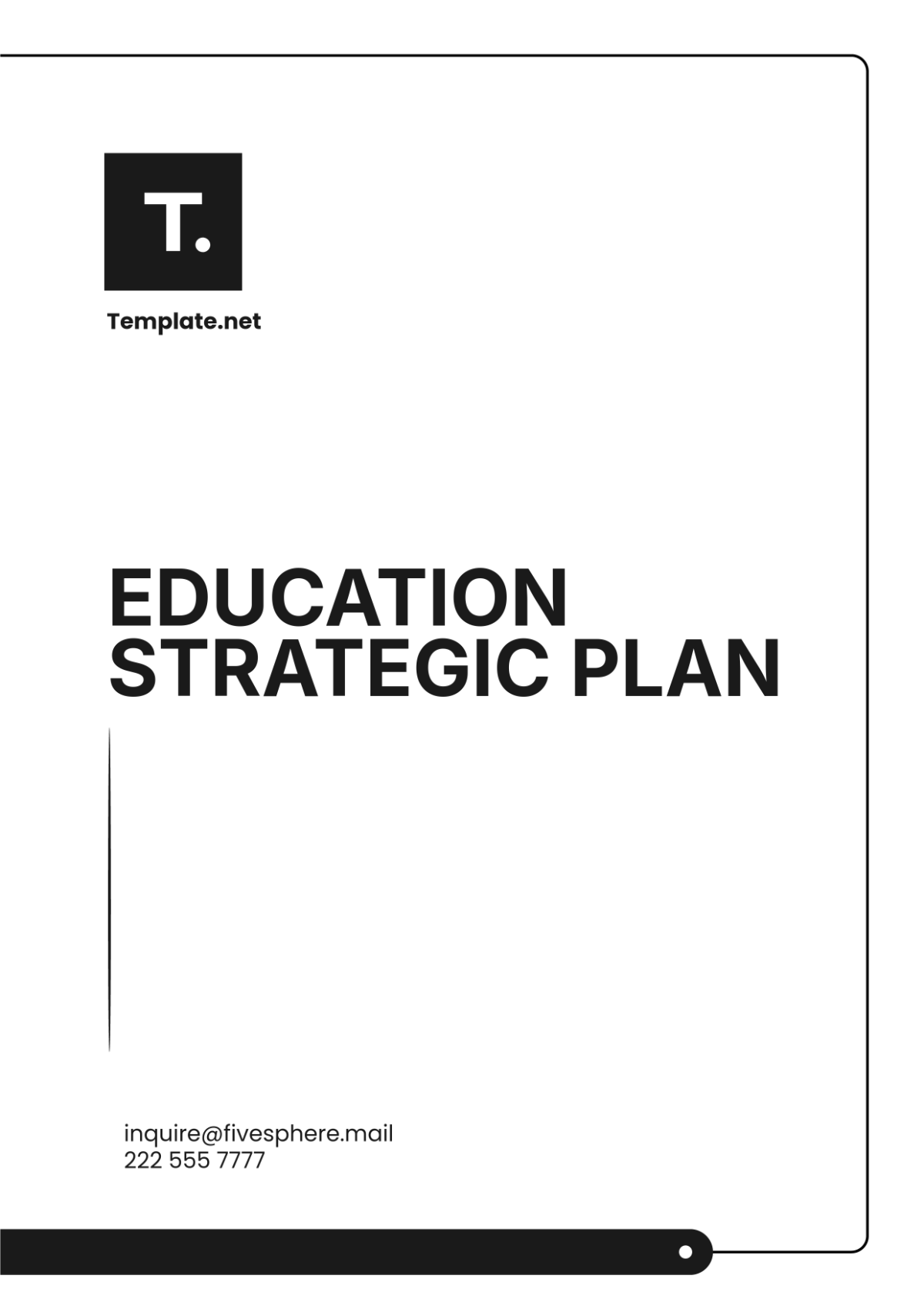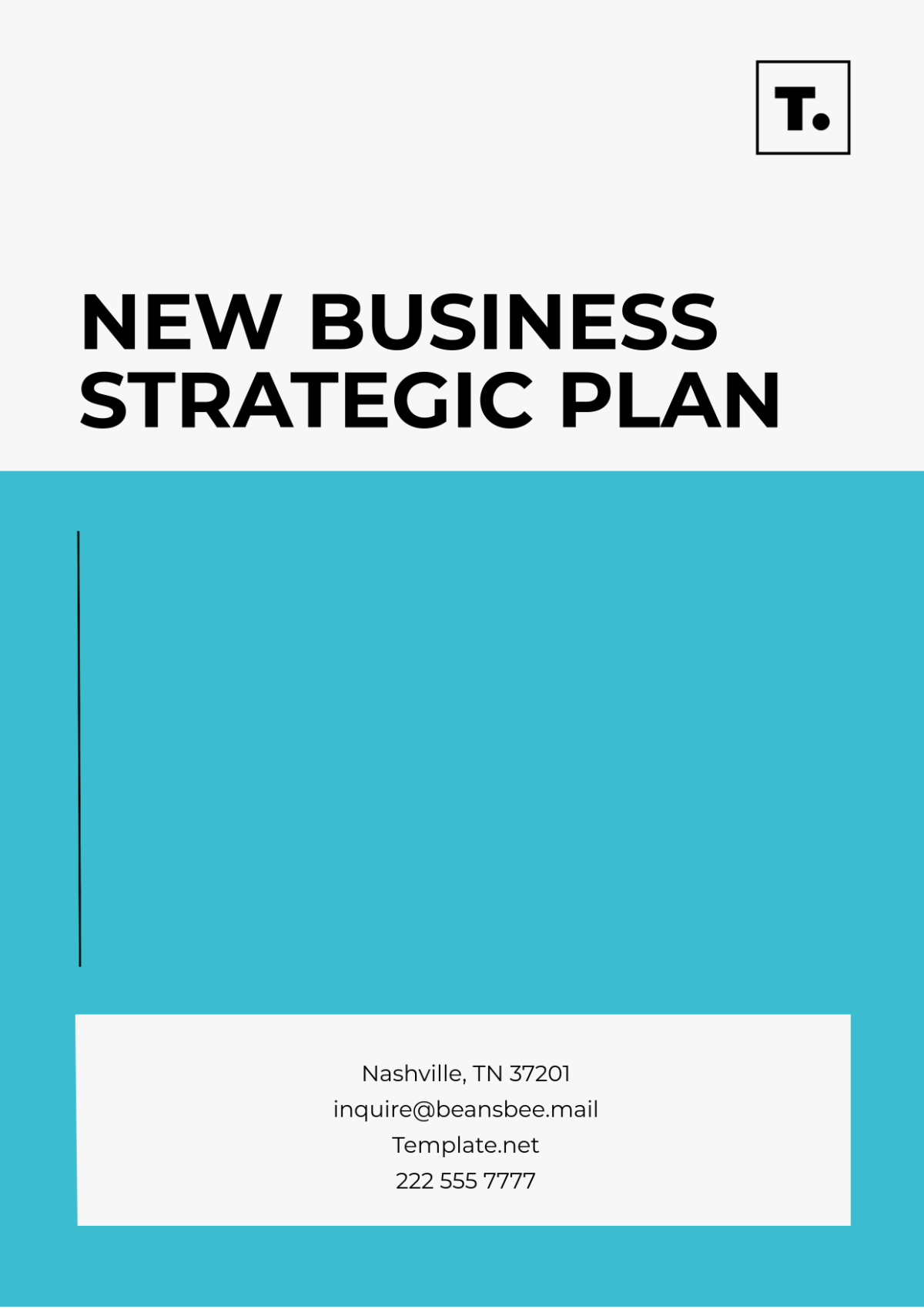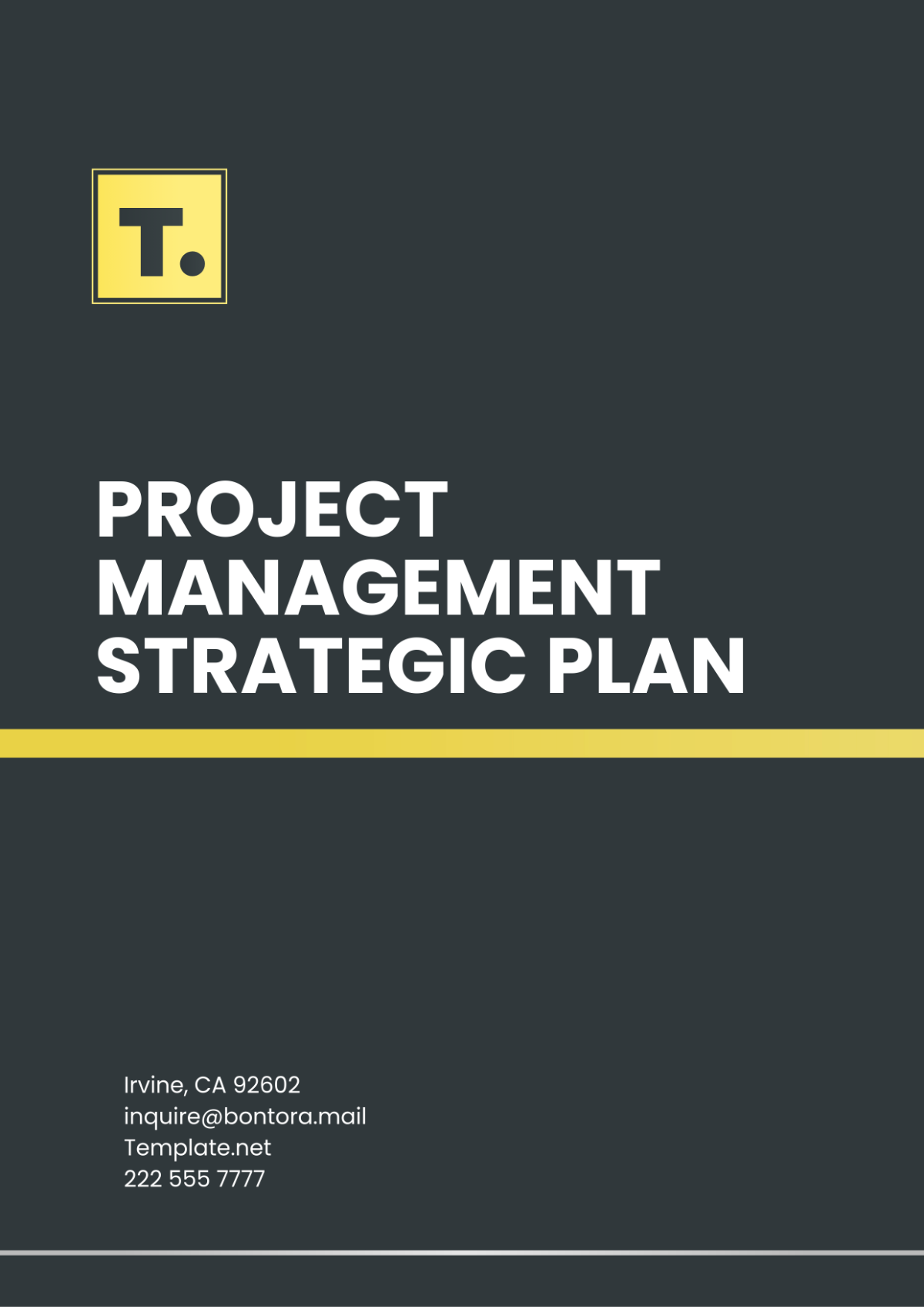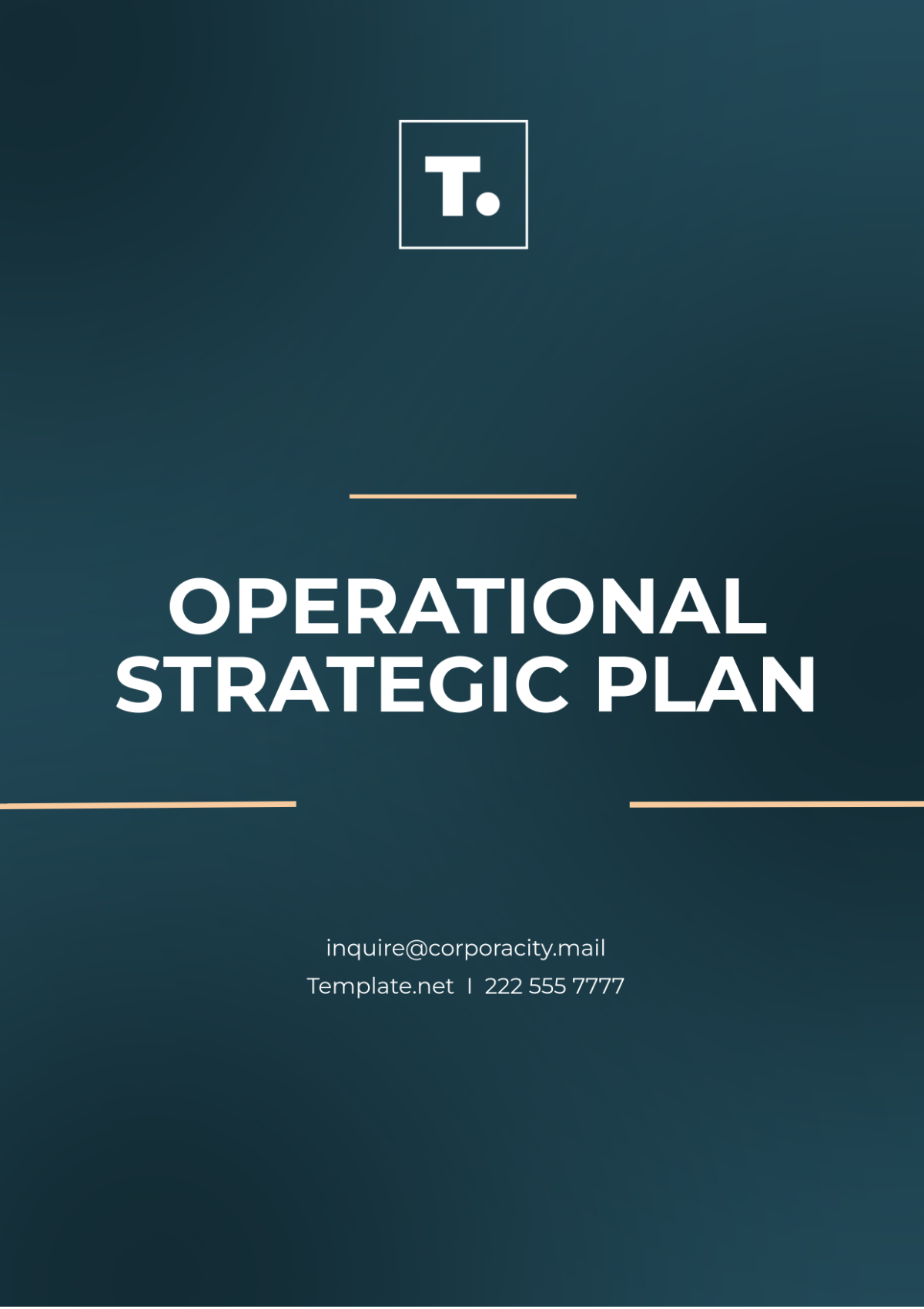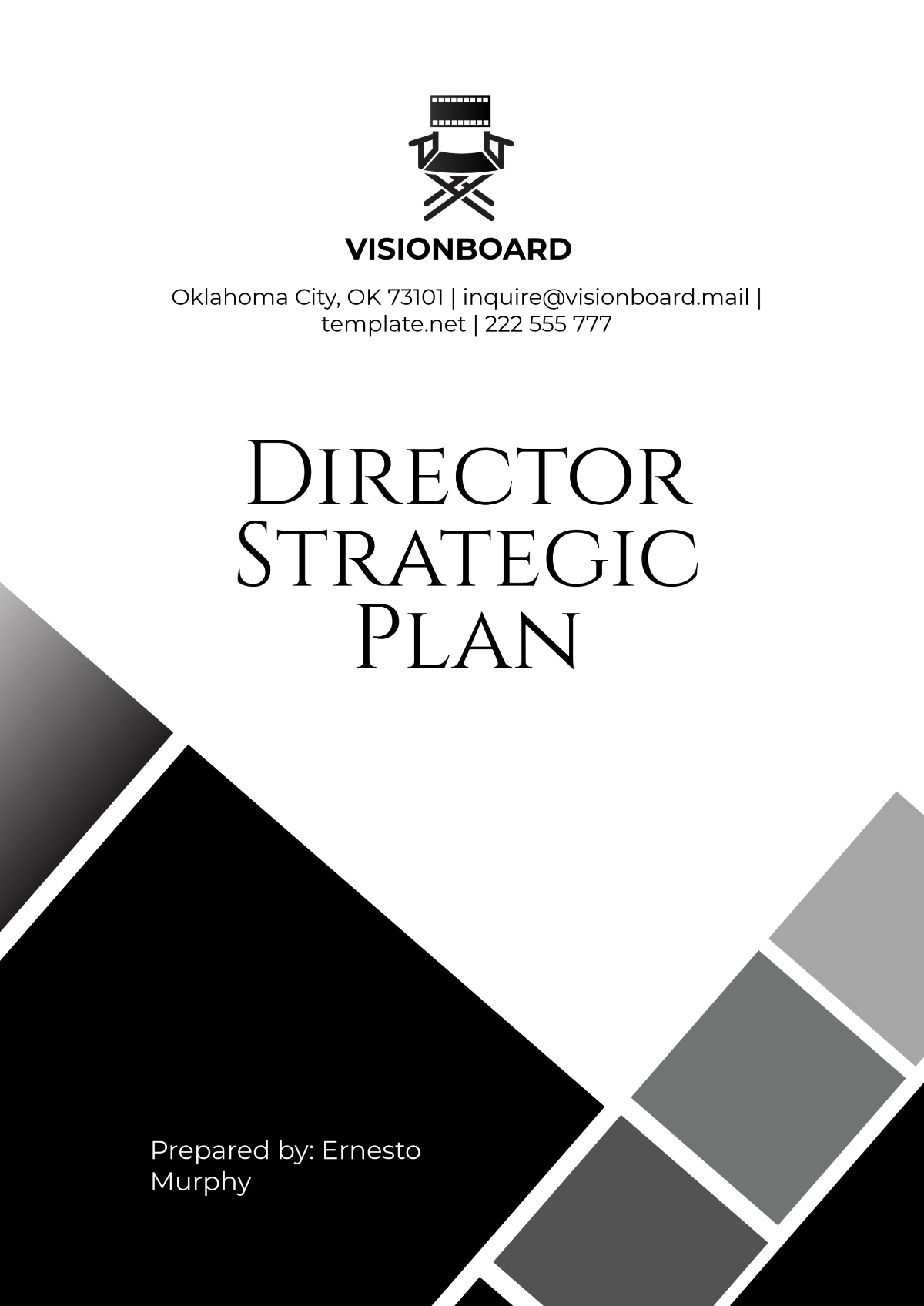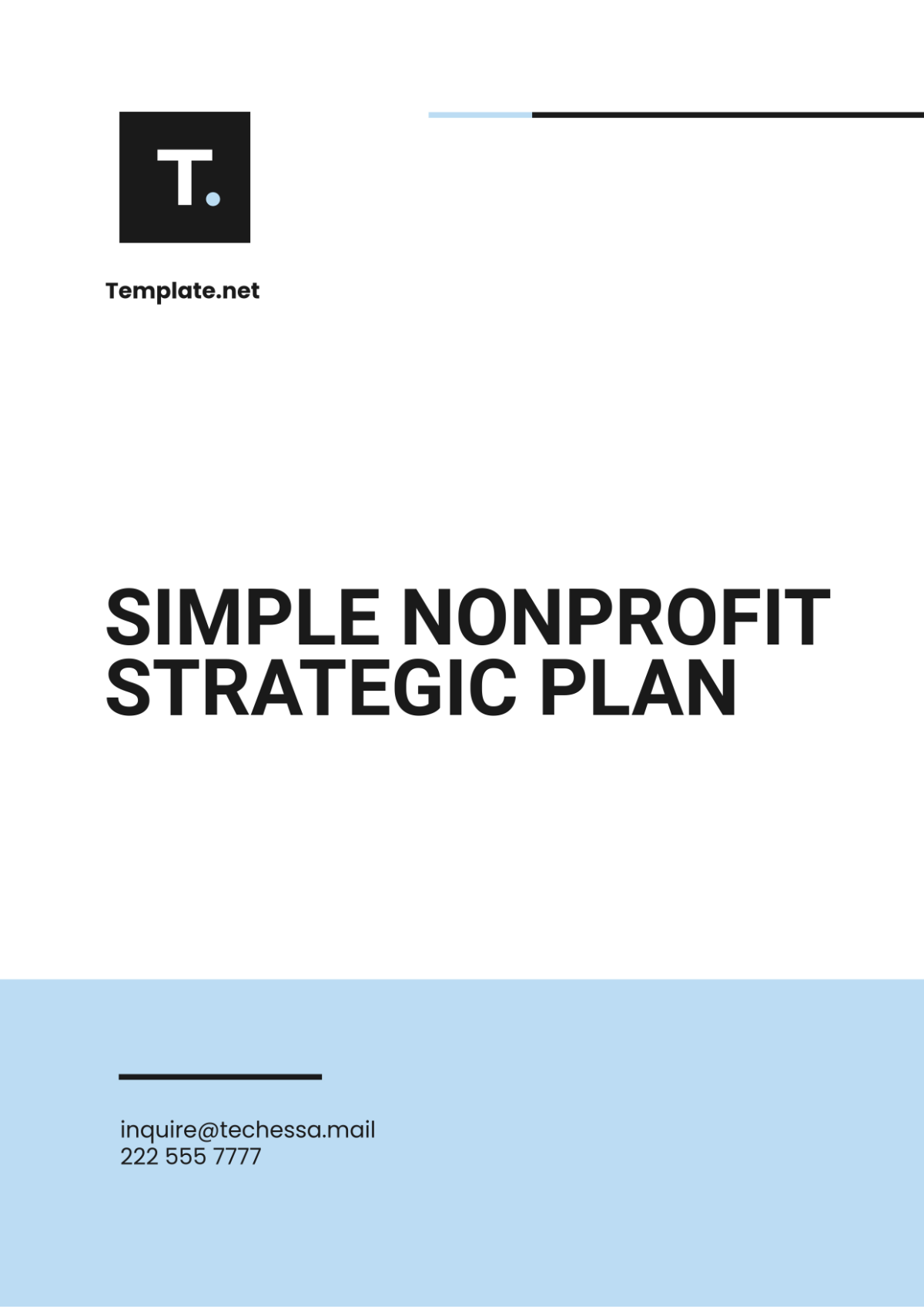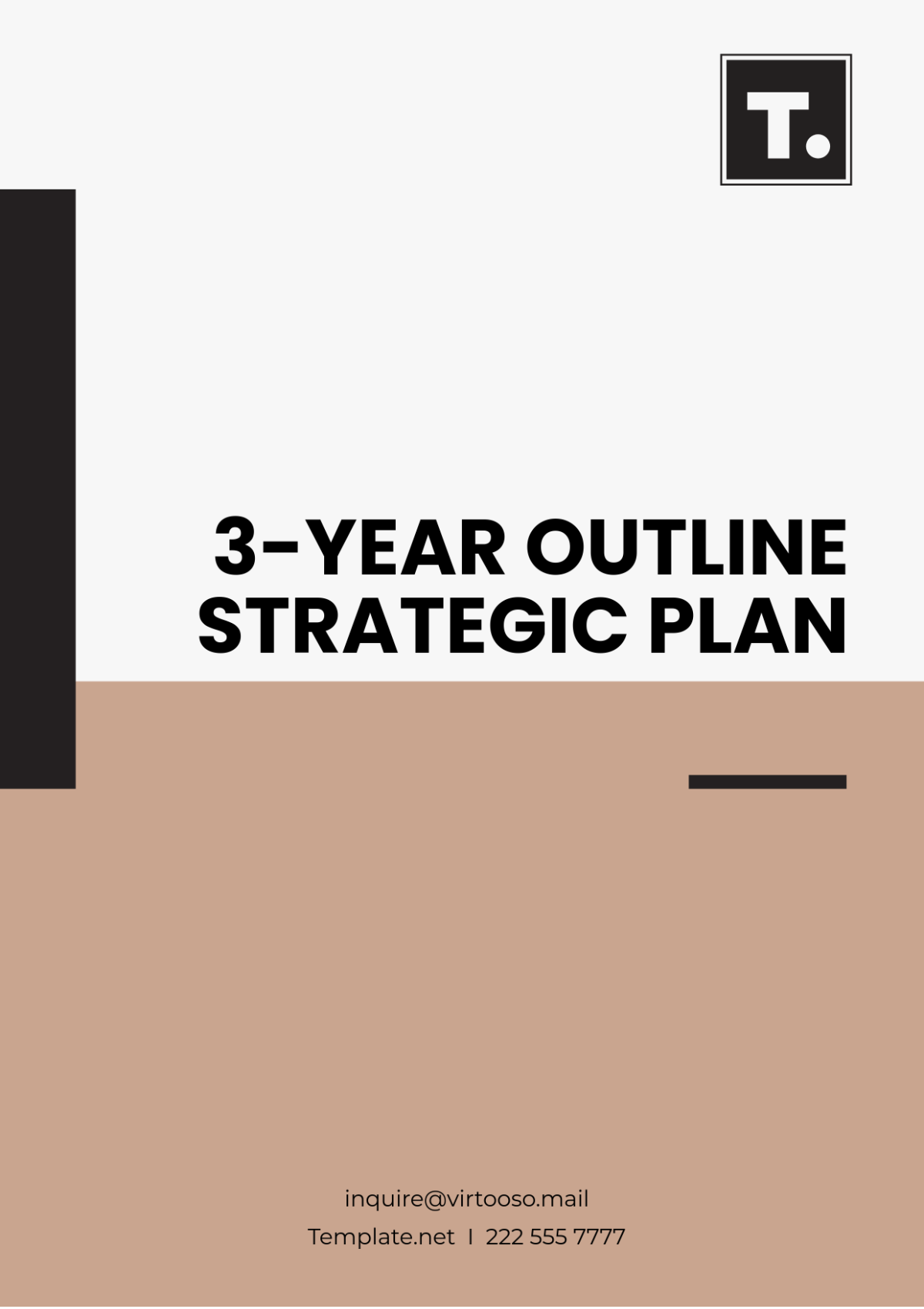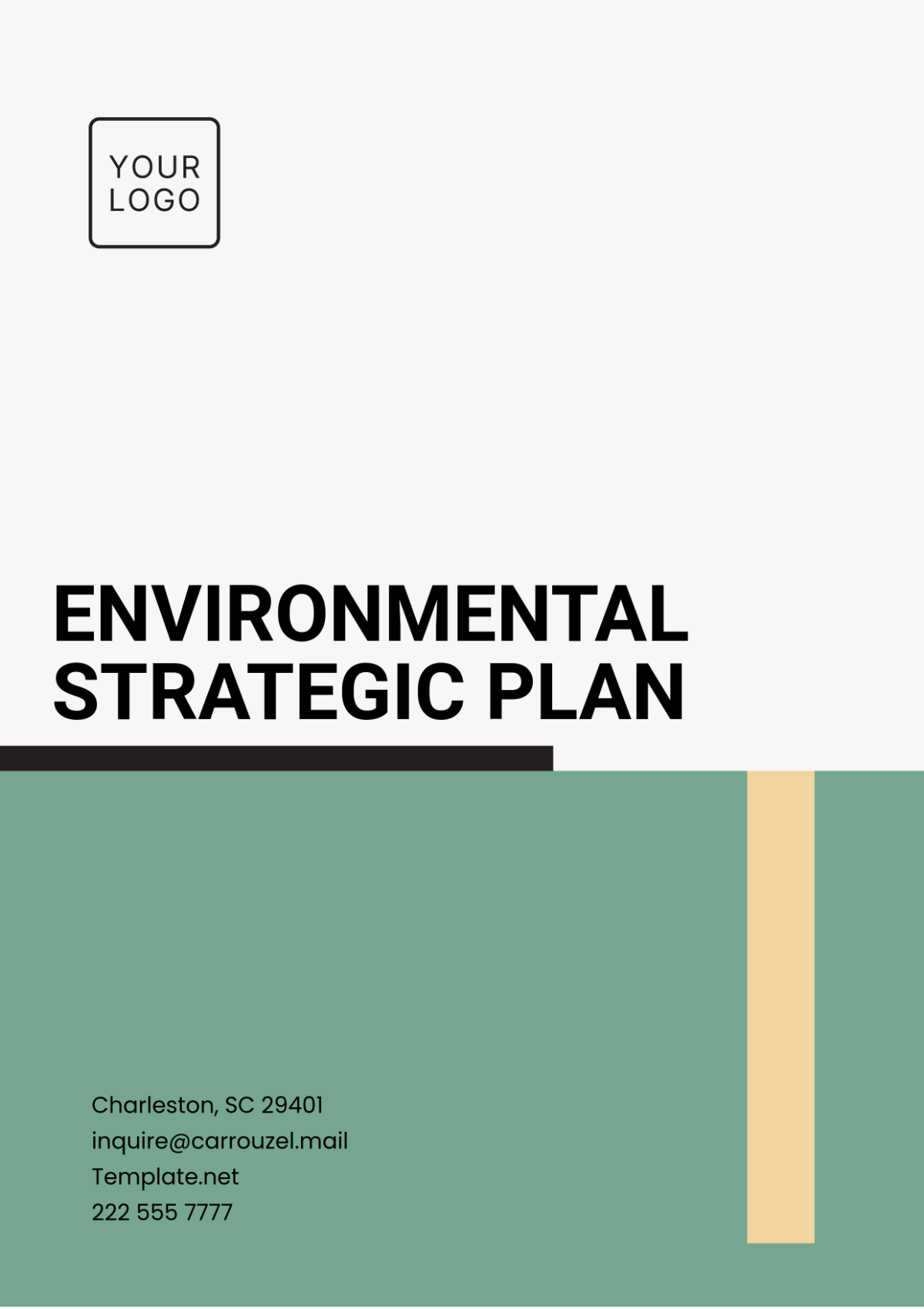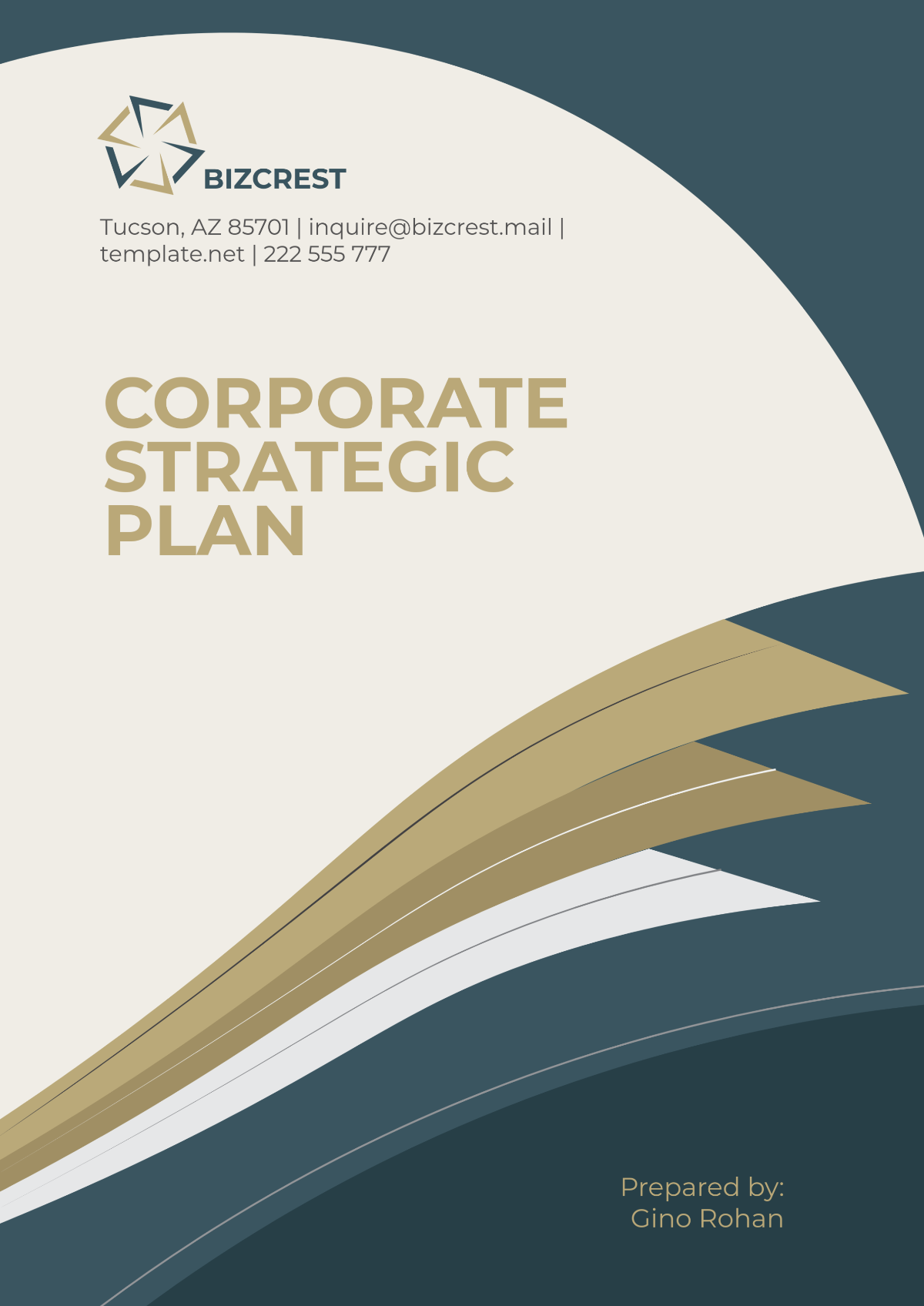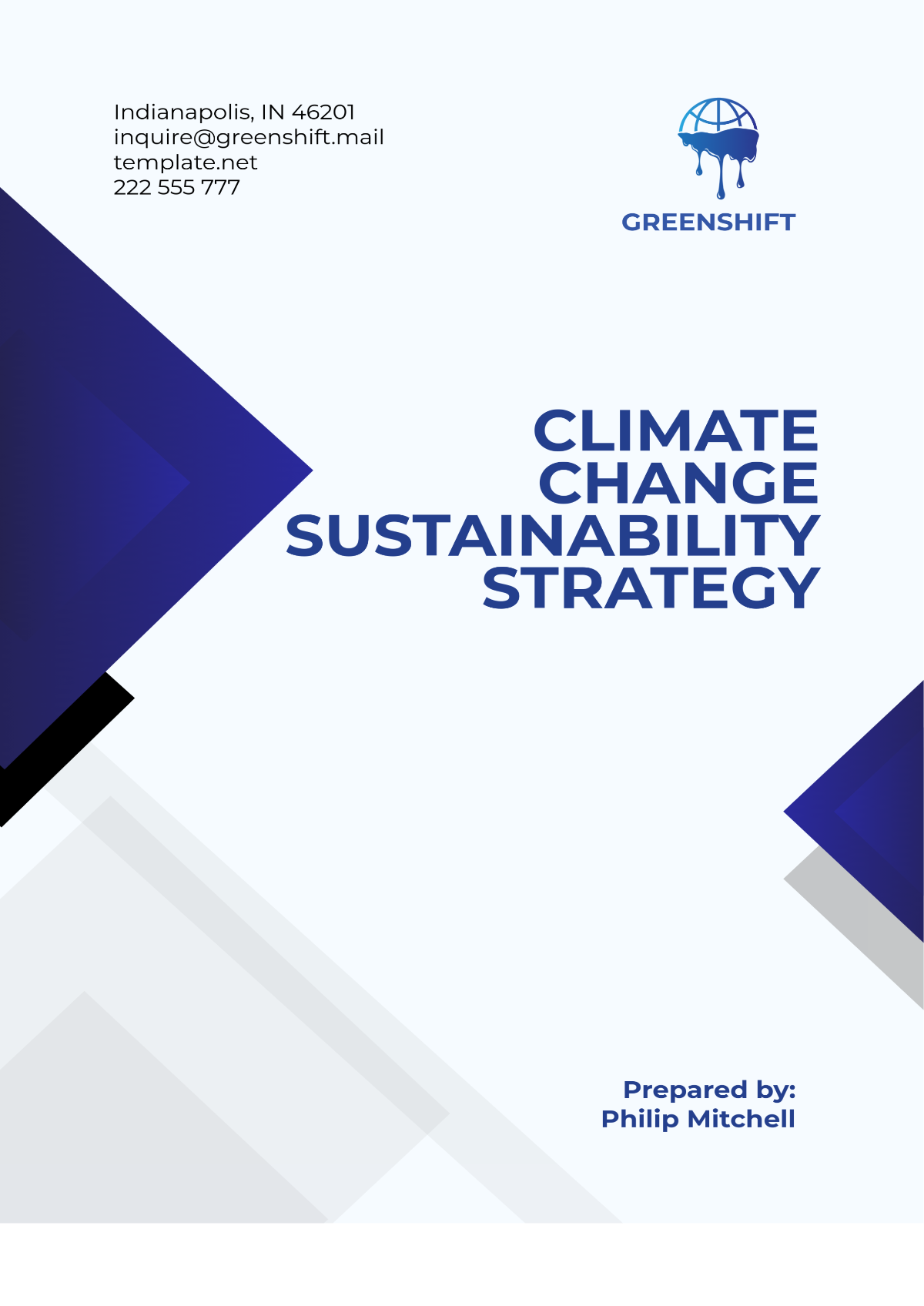Sales Execution Strategic Plan
Prepared by: [Your Name]
Date: January 15, 2060
I. Executive Summary
This Sales Execution Strategic Plan outlines the comprehensive strategies and tactics that [Your Company Name] will implement from 2060 onwards to achieve our ambitious sales objectives. By leveraging innovative sales techniques, enhancing customer engagement, and optimizing resource allocation, this plan aims to significantly increase our market share and drive sustainable revenue growth. Our proactive approach to identifying market opportunities and challenges will enable us to adapt swiftly to industry changes and ensure long-term success.
II. Sales Objectives
Increase annual sales revenue by 15% by December 31, 2061. This objective will be achieved through targeted sales initiatives and enhanced customer acquisition strategies.
Expand into three new geographic markets (Southeast Asia, Eastern Europe, and South America) by June 30, 2062. This expansion will capitalize on emerging market opportunities and diversify our customer base.
Achieve a customer retention rate of 85% by the end of 2063. Implementing exceptional customer service practices and loyalty programs will foster long-term relationships and reduce churn.
III. Target Market Analysis
Primary Market: Technology sector SMBs looking for workflow automation solutions present a great opportunity for customized software that boosts operational efficiency.
Secondary Market: Large corporations in the healthcare and finance sectors undergoing digital transformation need scalable solutions to meet their intricate operational demands.
Market Trends: Automation and AI demand is rising, with a 20% annual growth rate projected over five years. Understanding these trends will help us position products effectively and outpace competitors.
IV. Sales Strategies and Tactics
Develop a Comprehensive Sales Training Program (Launch by March 1, 2060)
Boost product knowledge of new AI software, refine sales techniques, and strengthen customer relationships to improve engagement and closure rates. Regular assessments ensure effective training.
Implement a CRM System (Complete by December 31, 2060)
Implement Salesforce CRM to centralize customer data, allowing personalized outreach, optimized follow-ups, and real-time insights for prompt responses.
Enhance Digital Marketing Efforts (Ongoing from February 15, 2060)
Use SEO, create quality content, and run LinkedIn and Twitter campaigns to boost leads, aiming for a 25% increase in traffic and conversions by 2060.
Host Quarterly Webinars and Workshops (Starting April 15, 2060)
Attract potential customers with webinars on "Optimizing Workflow through Automation" and "AI in Business Operations" to highlight our industry expertise and innovative solutions.
V. Resource Allocation
Personnel:
Sales Team Structure:
10 Sales Representatives focused on SMBs, each tasked with building relationships and driving sales in their assigned territories.
5 Account Managers dedicated to enterprise clients, ensuring personalized service and addressing complex client needs.
2 Sales Trainers responsible for conducting ongoing training sessions and skill development workshops.
Budget: Allocate $500,000 for sales initiatives in 2060, with annual increments of 10% through 2063. This budget will cover training, marketing efforts, and technology investments.
Tools and Technology: Invest in Salesforce CRM, HubSpot for email marketing campaigns, and Zoom for hosting webinars, ensuring our team has the best tools to succeed.
VI. Implementation Timeline
Milestone | Date |
|---|---|
Finalize Sales Training Program | March 1, 2060 |
Launch CRM System | December 31, 2060 |
First Quarterly Webinar | April 15, 2060 |
Market Expansion Launch | June 30, 2062 |
Evaluate Customer Retention Metrics | December 31, 2063 |
VII. Performance Metrics
Sales Growth Rate: Monitor quarterly revenue growth with a target of 15% year-over-year, adjusting strategies as necessary to stay on track.
Customer Retention Rate: Assess customer retention on an annual basis, aiming for 85% by the end of 2063 through improved service and engagement practices.
Lead Conversion Rate: Track the percentage of leads converted to sales, with a goal of achieving a 30% conversion rate by the end of 2061, informed by data analysis.
Customer Satisfaction Score: Gather feedback through quarterly surveys post-purchase, targeting an average score of 4.5 out of 5 to ensure our offerings meet customer expectations.
VIII. Risk Assessment
Market Risks: Proactively monitor changes in market demand and economic conditions, especially within the technology sector, to adapt strategies accordingly.
Operational Risks: Regularly assess the effectiveness of training and technology implementation, ensuring team proficiency with new systems to minimize disruptions.
Competitive Risks: Continuously analyze competitors’ strategies and product offerings, making adjustments to our approach to maintain a competitive edge and enhance value propositions.

